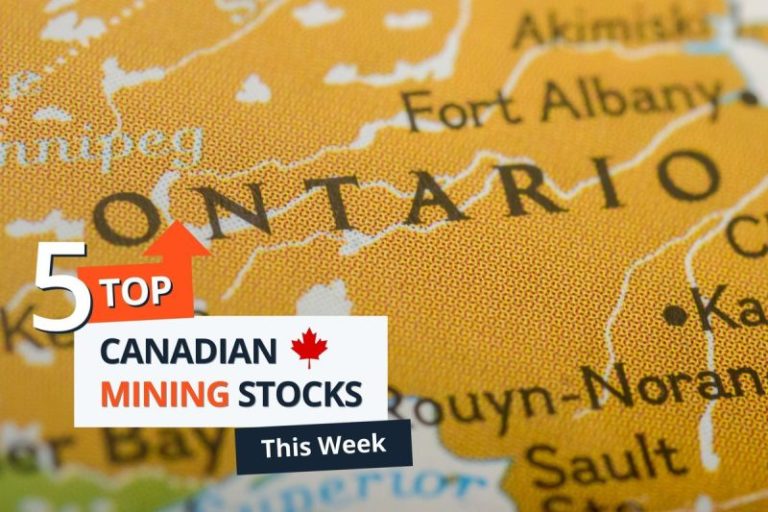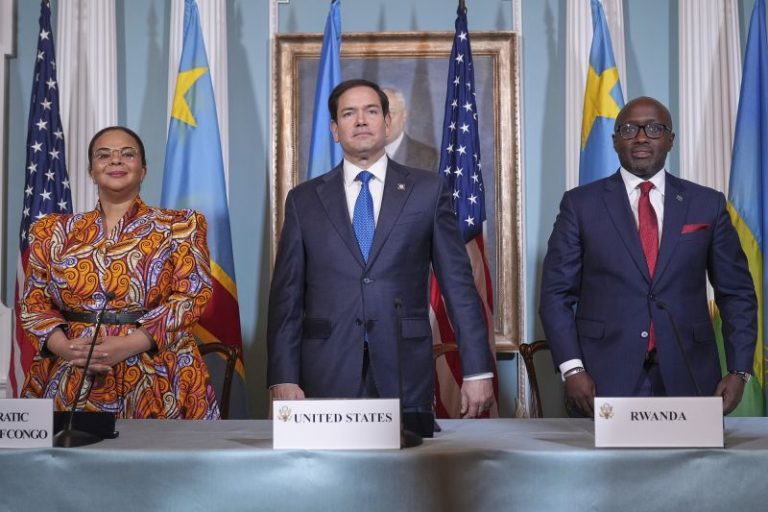Freegold Ventures Limited (TSX: FVL) (OTCQX: FGOVF) (‘Freegold’ or the ‘Company ‘) is pleased to announce that all matters set out in the Management Information Circular dated May 26 2025 for the 2025 Annual General and Special Meeting of Shareholders held on June 27, 2025 (the ‘Meeting’) were approved by the shareholders holding 98,154,137 shares were voted representing approximately ~ 18.56% of the outstanding shares of the Company.
The following nine nominees were elected as directors of Freegold. The detailed results of the vote for the election of directors are set out below:
|
MOTIONS |
NUMBER OF SHARES |
PERCENTAGE OF VOTES CAST |
||||
|
FOR |
AGAINST |
WITHHELD/ |
FOR |
AGAINST |
WITHHELD/ |
|
|
To elect as Director :Kristina Walcott |
96,353,303 |
1,800,834 |
98.165 % |
1.835 % |
||
|
To Elect as Director: Alvin Jackson |
97,016,593 |
1,137,544 |
98.841 % |
1.159 % |
||
|
To Elect as Director: David Knight |
85,790,018 |
12,364,119 |
87.403 % |
12.597 % |
||
|
To Elect as Director: Garnet Dawson |
97,308,977 |
845,160 |
99.139 % |
0.861 % |
||
|
To Elect as Director: Ron Ewing |
96,839,477 |
1,314,660 |
98.661 % |
1.339 % |
||
|
To Elect as Director: Glen Dickson |
85,396,927 |
12,757,210 |
87.003 % |
12.997 % |
||
|
To Elect as Director: Reagan Glazier |
79,513,338 |
18,640,799 |
81.009 % |
18.991 % |
||
|
To Elect as Director: Maurice Tagami |
97,900,807 |
253,330 |
99.742 % |
0.258 % |
||
|
To Elect as Director: Vivienne Artz |
93,614,569 |
4,539,568 |
95.375 % |
4.625 % |
||
The Company’s shareholders approved the appointment of Davidson & Company LLP, Chartered Professional Accountants, as the Company’s auditors, as set forth in the management information circular.
The Company’s shareholders approved the Company’s new omnibus equity incentive plan.
Each of the matters voted upon at the Meeting is discussed in detail in the Company’s Information Circular dated May 26 th, 2025, which is filed under the Company’s profile at www.sedarplus.com.
Golden Summit Project Update:
Drilling at Golden Summit is progressing well. Drilling is focused on resource definition, which includes both expansion and infill drilling, as well as geotechnical and metallurgical holes. Like the 2024 drill program, the current efforts aim to upgrade inferred resources to indicated status in preparation for the upcoming pre-feasibility study, which is expected to commence later this year. An updated mineral resource estimate is expected to be finalised soon, and the initial assay results from the 2025 drill program are also anticipated shortly.
The Qualified Person for this release is Alvin Jackson , P.Geo., Vice President of Exploration and Development for Freegold, who has approved the scientific and technical disclosure in this news release.
About Freegold Ventures Limited
Freegold is a TSX-listed company focused on exploration in Alaska . It holds the Golden Summit Gold Project near Fairbanks and the Shorty Creek Copper-Gold Project near Livengood through leases.
Some statements in this news release contain forward-looking information, including, without limitation, statements as to planned expenditures and exploration programs, potential mineralization and resources, exploration results, the completion of an updated NI 43-101 technical report, and any other future plans. These statements address future events and conditions and, as such, involve known and unknown risks, uncertainties, and other factors which may cause the actual results, performance, or achievements to be materially different from any future results, performance, or achievements expressed or implied by the statements. Such factors include, without limitation, the completion of planned expenditures, the ability to complete exploration programs on schedule, and the success of exploration programs. See Freegold’s Annual Information Form for the year ended December 31st, 2024 , filed under Freegold’s profile at www.sedar.com , for a detailed discussion of the risk factors associated with Freegold’s operations. On January 30, 2020 , the World Health Organization declared the COVID-19 outbreak a global health emergency. Reactions to the spread of COVID-19 continue to lead to, among other things, significant restrictions on travel, business closures, quarantines, and a general reduction in economic activity. While these effects have been reduced in recent months, the continuation and re-introduction of significant restrictions, business disruptions, and related financial impact, and the duration of any such disruptions cannot be reasonably estimated. The risks to Freegold of such public health crises also include employee health and safety risks and a slowdown or temporary suspension of operations in geographic locations impacted by an outbreak. Such public health crises, as well as global geopolitical crises, can result in volatility and disruptions in the supply and demand for various products and services, global supply chains, and financial markets, as well as declining trade and market sentiment and reduced mobility of people, all of which could affect interest rates, credit ratings, credit risk, and inflation. As a result of the COVID-19 outbreak, Freegold has implemented a COVID management program and established a full-service Camp at Golden Summit to attempt to mitigate risks to its employees, contractors, and community. While the extent to which COVID-19 may impact Freegold is uncertain, it is possible that COVID-19 may have a material adverse effect on Freegold’s business, results of operations, and financial condition.
SOURCE Freegold Ventures Limited
View original content to download multimedia: http://www.newswire.ca/en/releases/archive/June2025/27/c9322.html
News Provided by Canada Newswire via QuoteMedia










